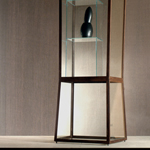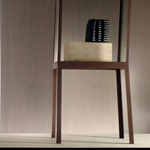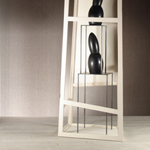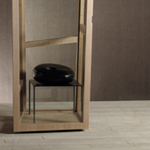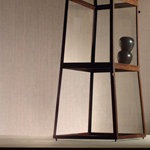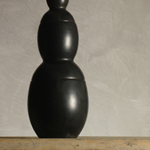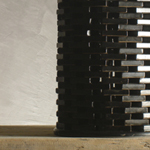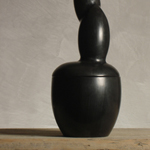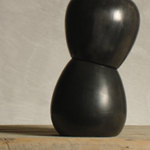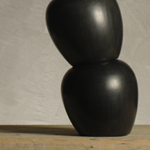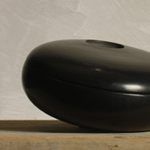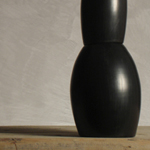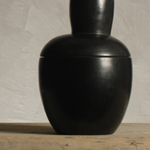More than good errors
To make mistakes is human, they say. But to try not to is even more so, because mistakes hurt and have to be repaid. So man has always made tools and woven systems to keep watch over the distractions responsible for mistakes. Feeling safe makes life pleasanter and calmer. Since the advent of the computer moreover, the automation of safety has reached such high levels that exactitude has become spontaneous.
This is true also of the architectural and design world. Since the introduction of CAD drawings everything has been easier and more precise, but simultaneously more rigorous and rigid. What could never have been possible by hand can now be done with digital drawings. Even the most complicated forms and daring joints have become simple.
It’s been like this, though, for quite a few years by now, whereas we realize today that the creative stresses of imprecise pencil marks tend to be missing. In short, we lack the kind of human distractions that occur when the pencil slips and follows our instinct. We miss the wonder aroused by the unexpected fault that turns into a discovery: precisely what the digital mentality would certainly indicate as an error.
These are the “More than good errors”, sought not to make mistakes but to stimulate the search for fresh forms and slight distortions, minute misalignments, missing symmetries and so on. Because making mistakes also means searching when the answer is not clear; it means wandering in order to arrive. Error as the spring of composition can give rise to more surprising, sensitive and exciting objects.
A world without errors has no room for searching or experimentation, and the fear of getting it wrong is the most paralyzing of all. In big industry it is very dangerous to make mistakes and often the search for new products is restricted by a low inclination to take risks. Craftspeople who work with their hands and make only one thing at a time enjoy great freedom. Making mistakes for them is an opportunity to ripen experience and improve their skills.
The ceramic objects here are urn-like vases handmade by craftsmen. There is not even any need to create deformations in them, because the human hand and the material itself are sufficient to prevent arid forms.
The technique, dating from Etruscan times, is called “bucchero”. Using dark grayish clay, it is done in three exclusively manual phases. The piece is worked on the lathe, smoothed with boxwood sticks to polish its surface and baked at a high temperature. It is the baking in wood charcoal that gives the piece its naturally fine, shiny black color, whilst also defining and finishing its forms. These ceramics are rounded and could hardly have been otherwise, considering their squared and angular showcases.
The evident imprecision’s in the showcases are not only deliberate in their structure, but actually pursued with great effort, for they are very difficult to achieve. The attainment of slight obliquities entailed the use of advanced manufacturing technologies such as laser cutting and other numeric control systems normally adopted to get straight and absolutely regular lines. We had to examine them so carefully and to understand them so thoroughly that we could bend them to the accomplishment of our own more than good errors.
Michele De Lucchi, April 2007
